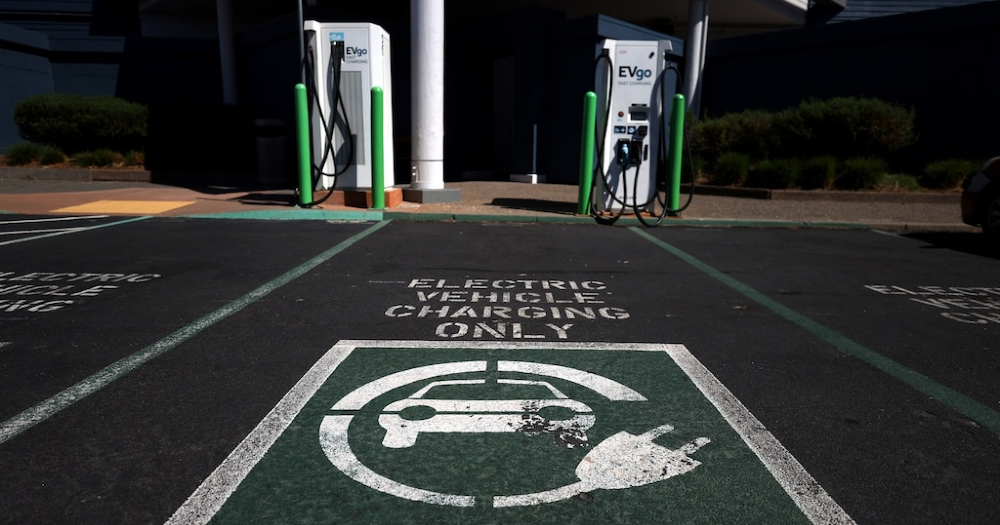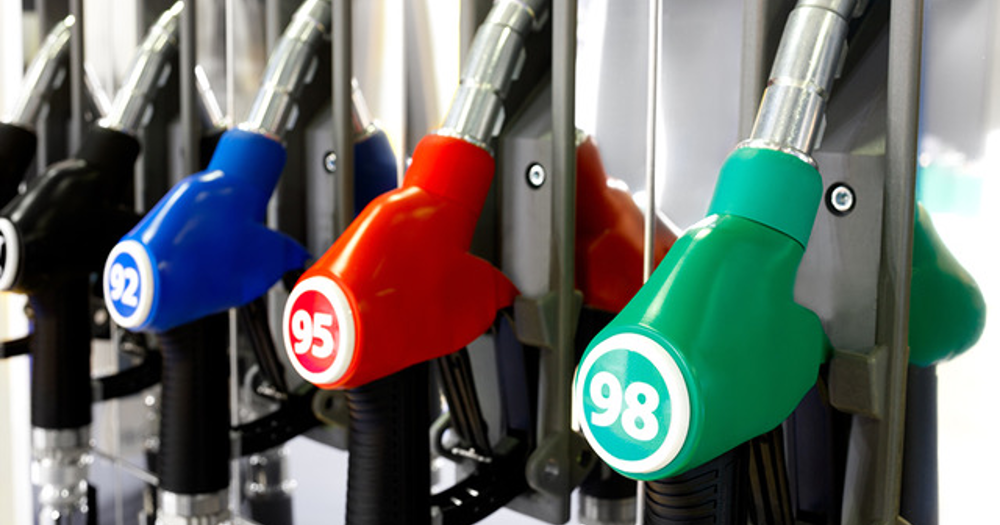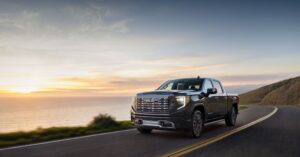
There will be a time in the future when you won’t be able to buy gasoline cars, but that time is still several years away.
Even when new models are no longer being created and all you can buy are electric, hydrogen, or hybrid versions of the cars you once admired, that won’t mean gas-powered vehicles will be gone from the entire market. There will be a used car market that will still be filled with models that run on gasoline and diesel, but there might be a time when it’s hard to find the right fuel for the vehicle you want to enjoy.
Major Automakers Will Lead the Way

A recent agreement between six major automakers to phase out the sales of gas and diesel-powered cars around the world by 2040 was reached. This wouldn’t be big news if the automakers in the agreement didn’t include Ford, General Motors, Mercedes-Benz, Volvo, Jaguar Land Rover, and BYD. These six represent some of the biggest markets in the world. You see a few luxury names in the list and one of the largest Chinese automakers, along with two of the Detroit Big Three.
Not only were these six automakers in agreement to phase out vehicles that use fossil fuels by 2040, there were two dozen fleet operators that also signed the agreement, including Uber. The goal is to end sales in thirty different countries, which were also represented and signed the agreement.
In addition to closing out the sales of gasoline cars by 2040, the leading markets will begin to phase out these vehicles by 2035, which could easily mean that we won’t see gas vehicles offered in the United States after this date.
This major agreement was the centerpiece of the 2021 United Nations Climate Change Conference, which is also known as COP26.
Does this Mean Gasoline Cars will Die Out?
If we get to the dates mentioned and you’re driving an already ancient model of a gas-powered vehicle that’s on its last legs, that vehicle just might die and not be replaced by another model that runs on gas. On the other hand, if you have a vehicle that runs on gas and it’s been well maintained, you should still be able to drive it for a long time. Gas stations will continue to operate, although some will likely begin to have both gasoline pumps and electric charging stations to support the movement toward electric driving.
Stricter emissions standards will begin to create vehicles that offer some changes that will be made as we move from gas to electric for our driving needs. Even though we might be faced with emissions standards that require some updates to our current vehicles, it will be a long time before gasoline cars die out. The current age of a vehicle on the road is ten years, which means it will take as much as 25 years before the death of the gas-powered car takes place.
Driving Range Is the Sticking Point
Even though the driving range and charging times are getting better with each new electric vehicle that’s offered, these two items still don’t come close to the convenience you find with a vehicle that runs on gas. This could mean that commercial trucks and fleets will still use gasoline until the charging times and the expected range can be improved.
Products need to move across the country, in every nation in the world, and electric vehicles just don’t have the cross-country range needed to do this efficiently yet. Will this mean that we see fewer large trucks on the road? Will more products be shipped via train or plane? Will stores have to sit with empty shelves as they wait for the next shipment?
It’s unlikely that the automotive industry is going to disrupt the flow of products around the globe just to use electric vehicles. With that in mind, automakers are feverishly working on large trucks that could carry the load and bring everything you need to the stores you shop at every day. They expect to create cross-country models that can run on electricity and be recharged during the time a driver is required to sleep, but that day hasn’t arrived yet.
Some Aspects of Gasoline Engines Could Be Phased Out

Currently, we operate mostly on an 87-octane standard that is relatively efficient, but if future gasoline engines adopt a 98-octane fuel standard, these engines will be more efficient and expel fewer harmful gasses into the environment. This could become the standard, and engines that use 87-octane could easily use this higher-octane fuel and be more efficient.
One item we already see in the engines we use today is cylinder deactivation. Many of the larger engines we use can automatically use only half of the cylinders to save fuel and limit the amount of exhaust that is heading out of the rear of the vehicle you’re driving.
Continued development of turbochargers and superchargers will increase the power of a vehicle by bringing more air back into the mix. The power offered is only limited by the amount of air that can be used by the engine, which makes the use of superchargers and turbochargers important for the future. These items improve the efficiency of a vehicle while increasing the power that it can provide. This is how some brands are using smaller engines while still producing vehicles that have plenty of power for the drive.
Electric Vehicles are the Future, But Gas Won’t Be Dead for a While
We won’t see gasoline cars die off anytime soon, but that doesn’t mean we won’t see a massive influx of electric vehicles. We seem to see these silent cars heading to every area of the market to show us what the future might look like. It will be a long time before a car that’s powered by gas or diesel doesn’t have a place on our roads, but two or three generations from now, the only place you’ll find gasoline cars is in museums and history books.
This post may contain affiliate links. Meaning a commission is given should you decide to make a purchase through these links, at no cost to you. All products shown are researched and tested to give an accurate review for you.








